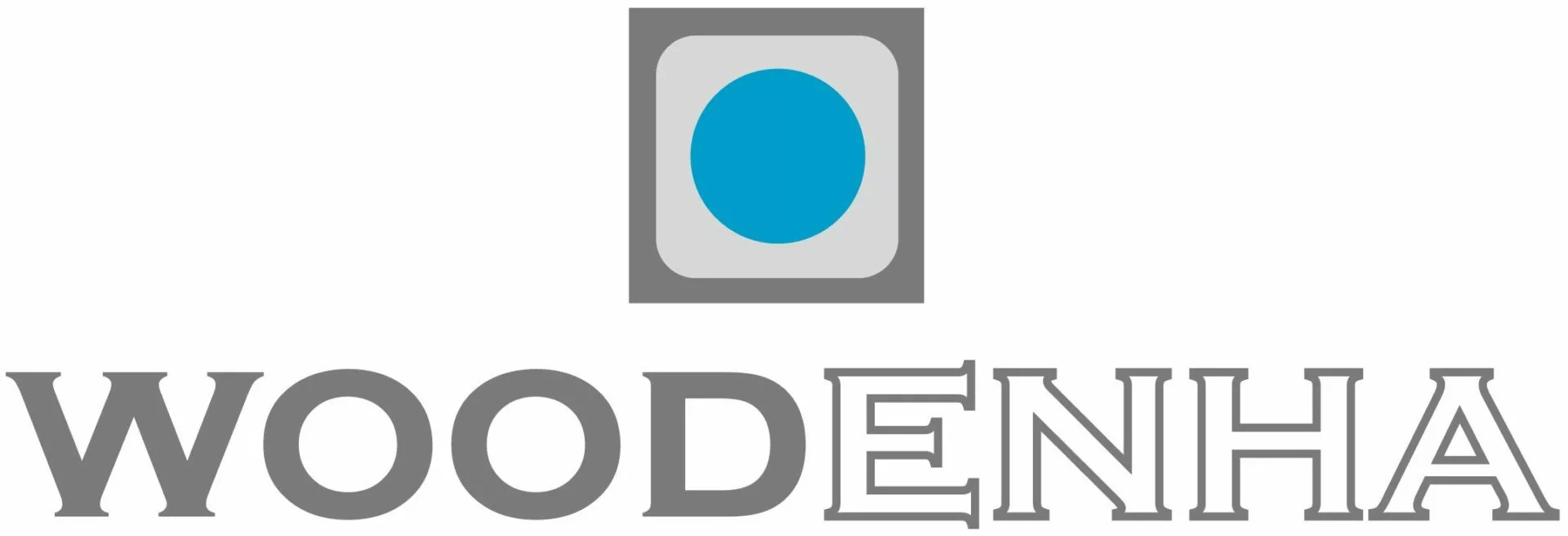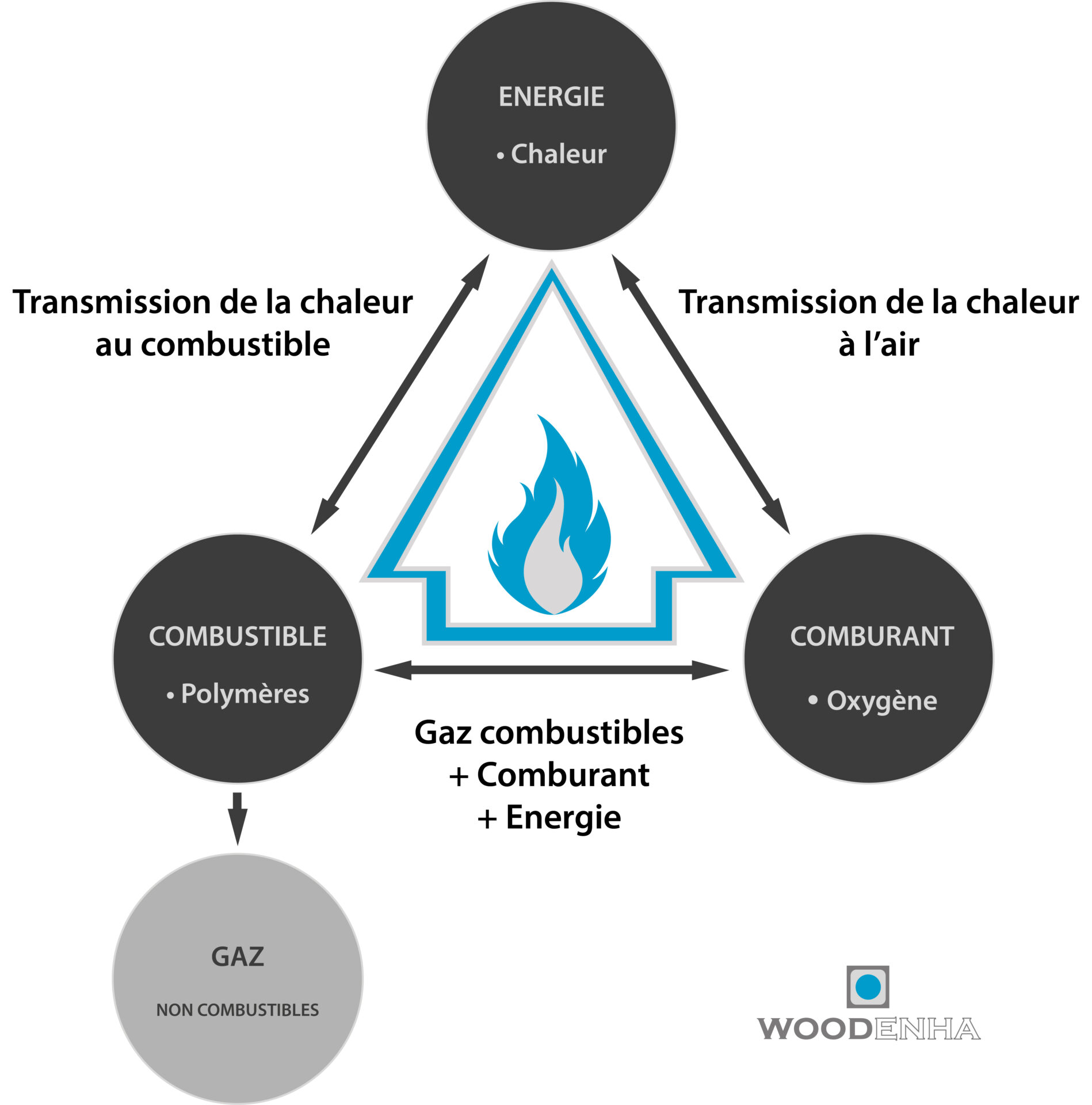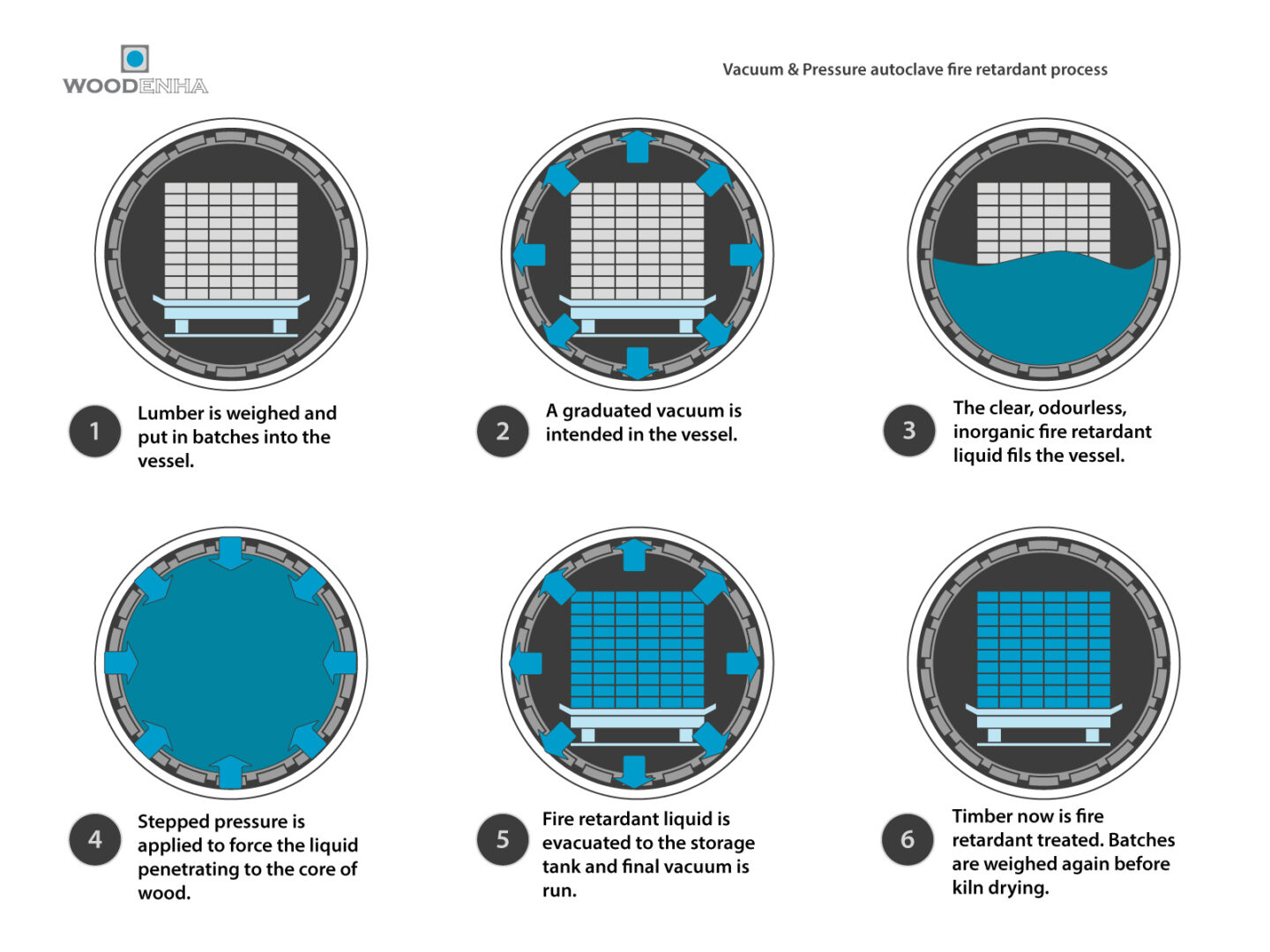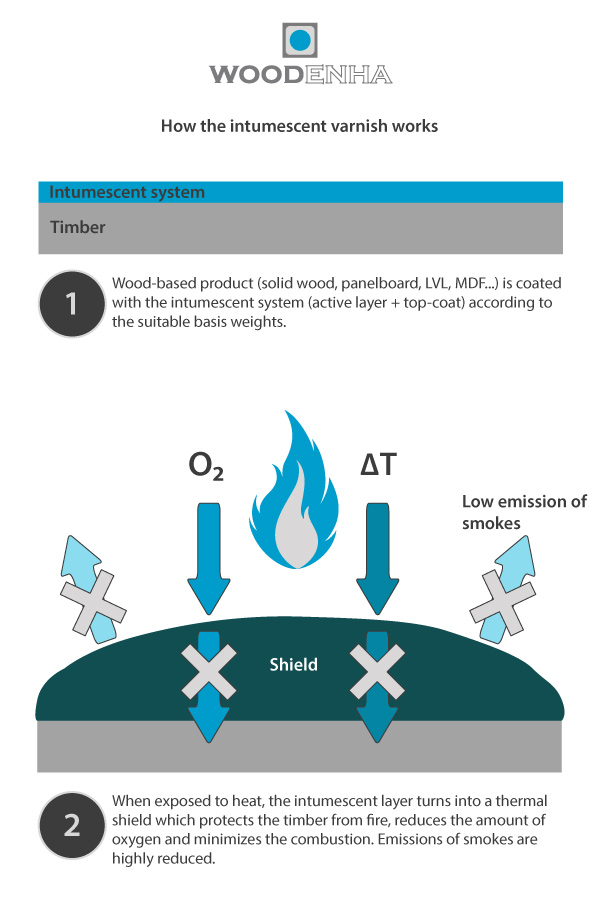Fireproofing materials
The action of preventing a material – wood – from burning is called fireproofing. Wood is then made fireproof or fire-retardant. Its reaction to fire has been upgraded.
Fire triangle
Combustion is an exothermic redox reaction. When the combustion is strong, it results in a flame. The chemical reaction of combustion can only occur if three elements are combined: a fuel (wood for example), an oxidizer (oxygen) and an activation energy (heat) in sufficient quantities.
There is no non-flammable wood. Wood is an organic material and therefore burns. However, some woods burn more easily than others. This is the reason why it is accepted that hardwoods thicker than 14 mm are M3 while softwoods of the same thickness are M4. In addition, it happens that some particularly dense woods or those with a particular “chemistry” manage to pass the M2 gap. These woods are, for example, some exotic species (tropical or high latitudes or altitudes). In no case can natural wood reach Euroclass B or M1 classification.
Fireproffing : impregnation or technical finishes?
Impregnation within autoclave
It is possible to improve the fire behavior of any lignocellulosic material: wood, rattan, bamboo, palm, thatch, etc. Only the technique or the parameters of the autoclave impregnation cycle and drying can vary according to the characteristics of the elements to be flame retarded.
Woodenha Industries owns an industrial device dedicated exclusively to fireproofing by impregnating fireproof product. The specific autoclave for impregnating wood under pressure is optimized for this and allows very good retention to be obtained even on species deemed to be refractory. As the effectiveness of fireproofing is linked to the mass of fire retardant deposited in the wood, Woodenha Industries systematically weighs wood before and after treatment to measure the actual retention rate of the product.
Wood is a hygroscopic material (even more true when fireproofed) : it balances with the ambient humidity of the environment in which it is used. For good stability of wood in service, drying is necessary.
The principle of wood drying is based on air ventilation, temperature increase, management of air humidity and possibly atmospheric pressure. The drying time depends mainly on the thickness of the wood, its initial humidity, the target final humidity, the species or type of product, the thickness of the sticks. This period varies between a few days and several months.
The humidity must be controlled according to the uses of the wood. Woodenha Industries monitors all the parameters of its wood drying process (air humidity, temperature, wood humidity) using special sensors and controls its drying cycles very precisely to guarantee optimum results. In this same perspective, Woodenha Industries ensures the traceability of its drying cycles.
Intumescent finishes
When the dimensions of the elements are not compatible with autoclaving, Woodenha Industries offers surface fireproofing solutions with the application of intumescent or flame retardant varnish (colorless or tinted) or opaque intumescent paint (white or tinted).
These types of finish make it possible to obtain a very good reaction to wood fire (Euroclass B or Euroclass C). They are applied either on site or in the factory.
An intumescent or flame-retardant finish makes it possible, in particular, to classify wood products that are not suitable for flame-retardant in an autoclave by fire, to offer flame-retardant solutions within a very short time, to eliminate oversights on site or even to renovate buildings. whose use is transformed into ERP for example.
Looking for fire expertise ?
Consult us for the opinion of a Woodenha expert



